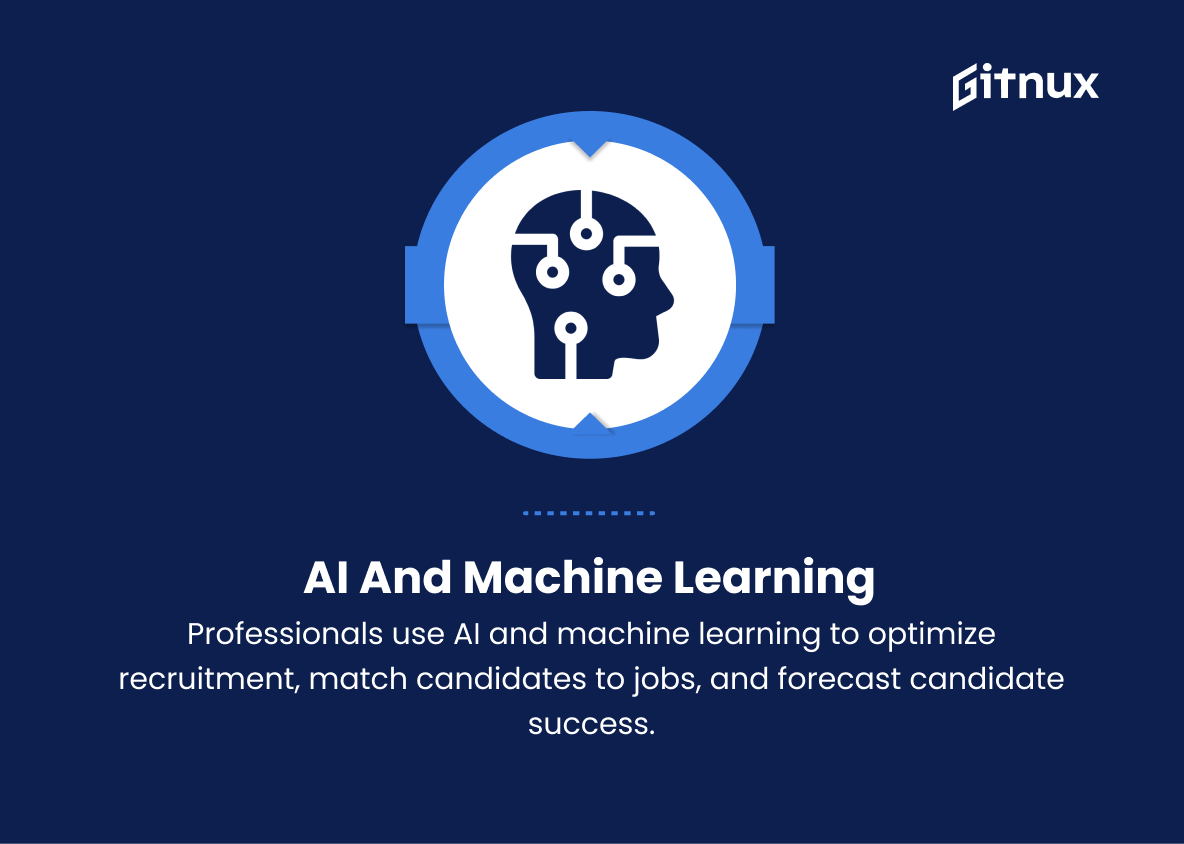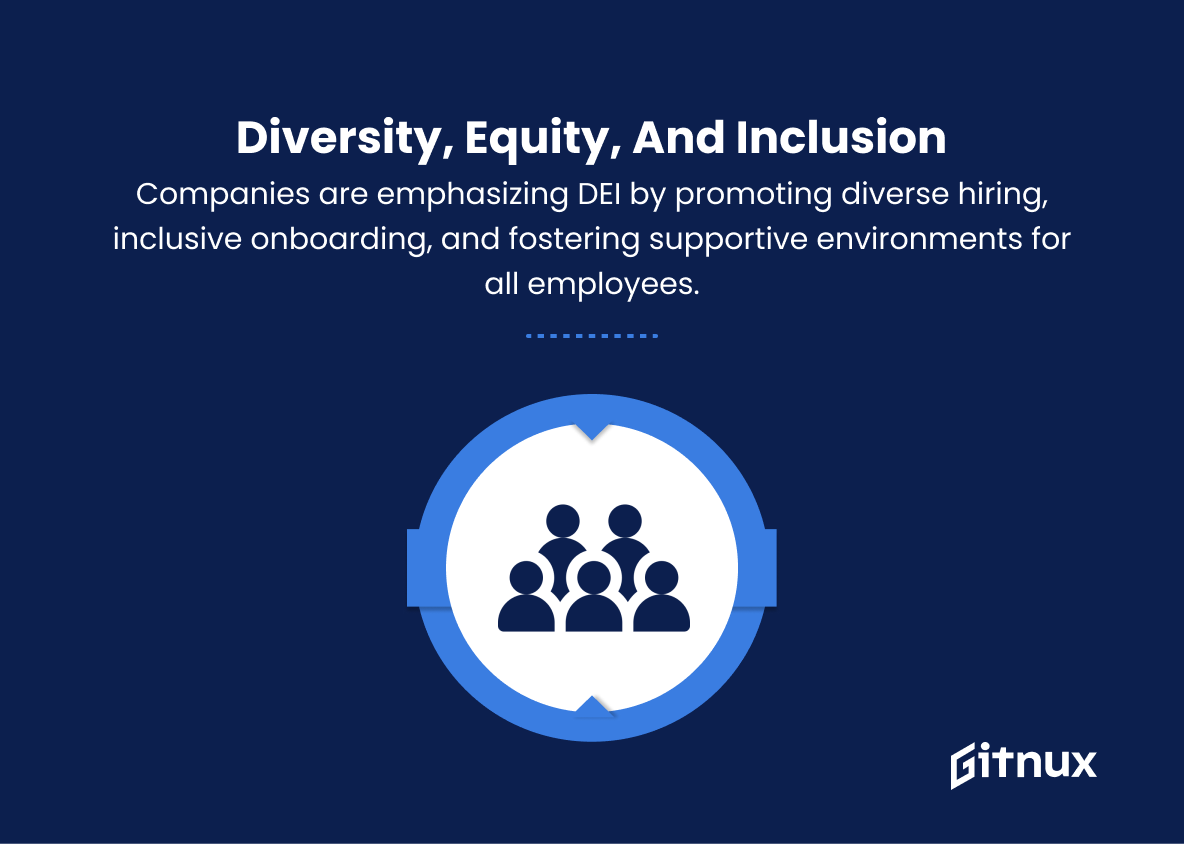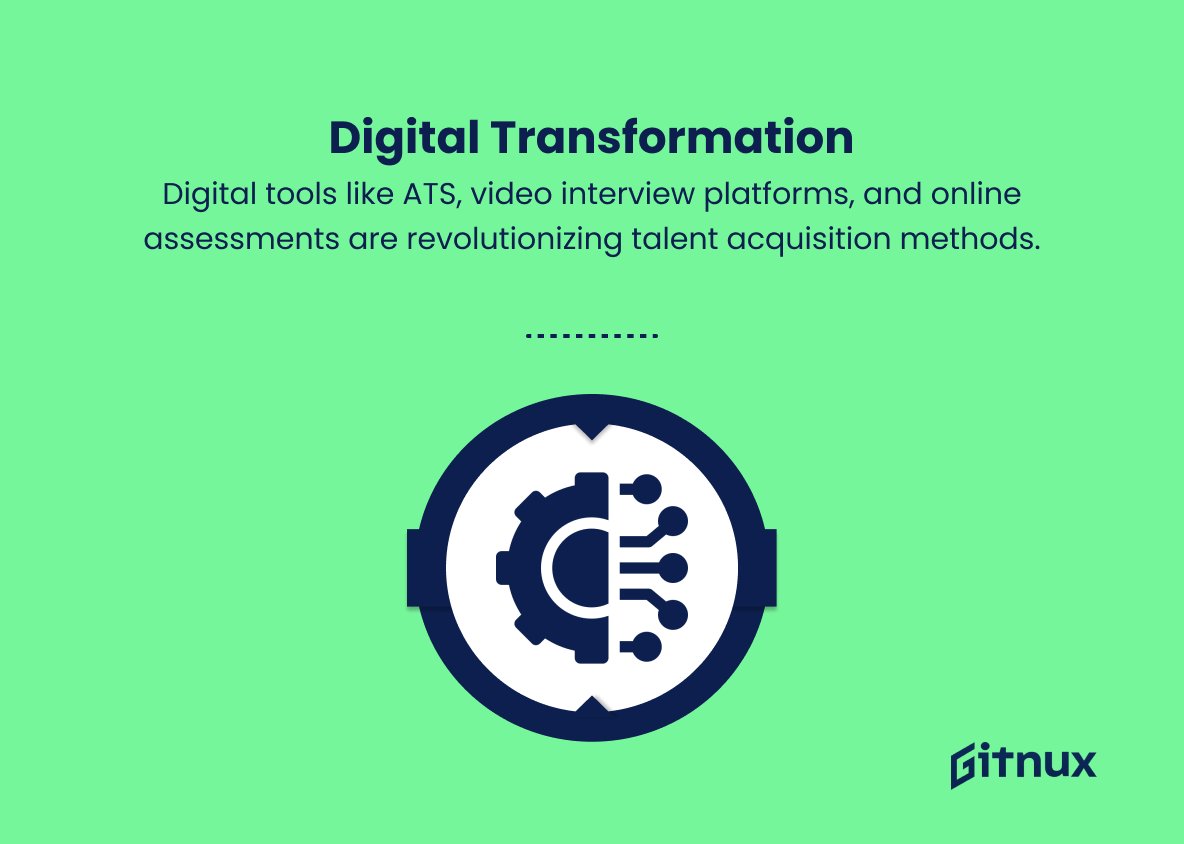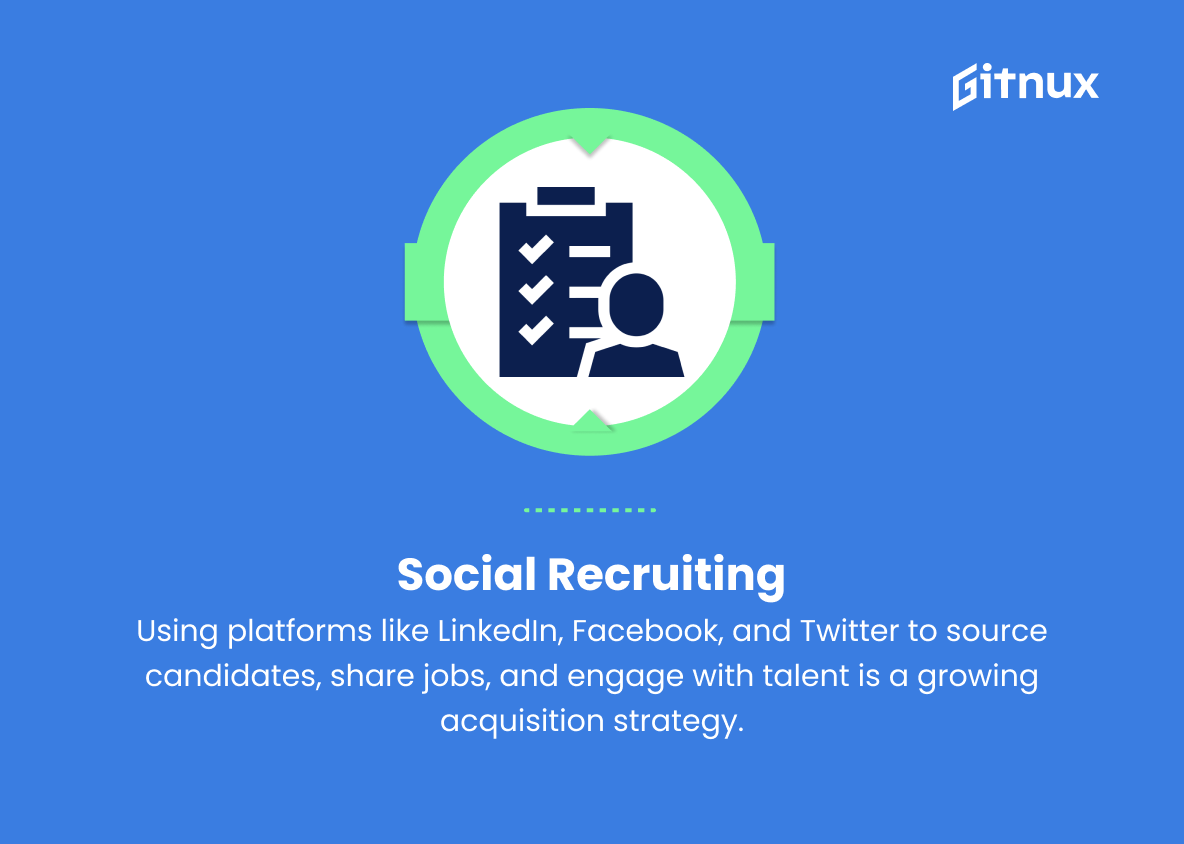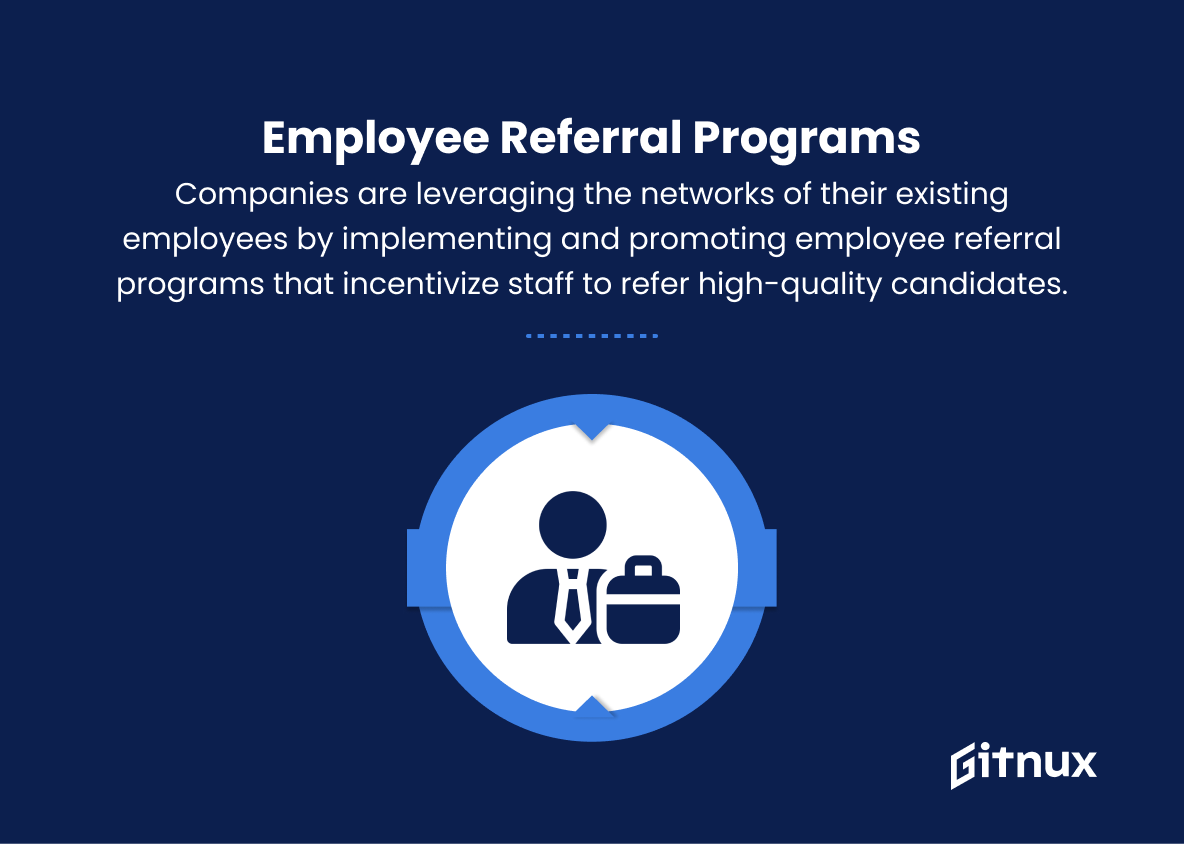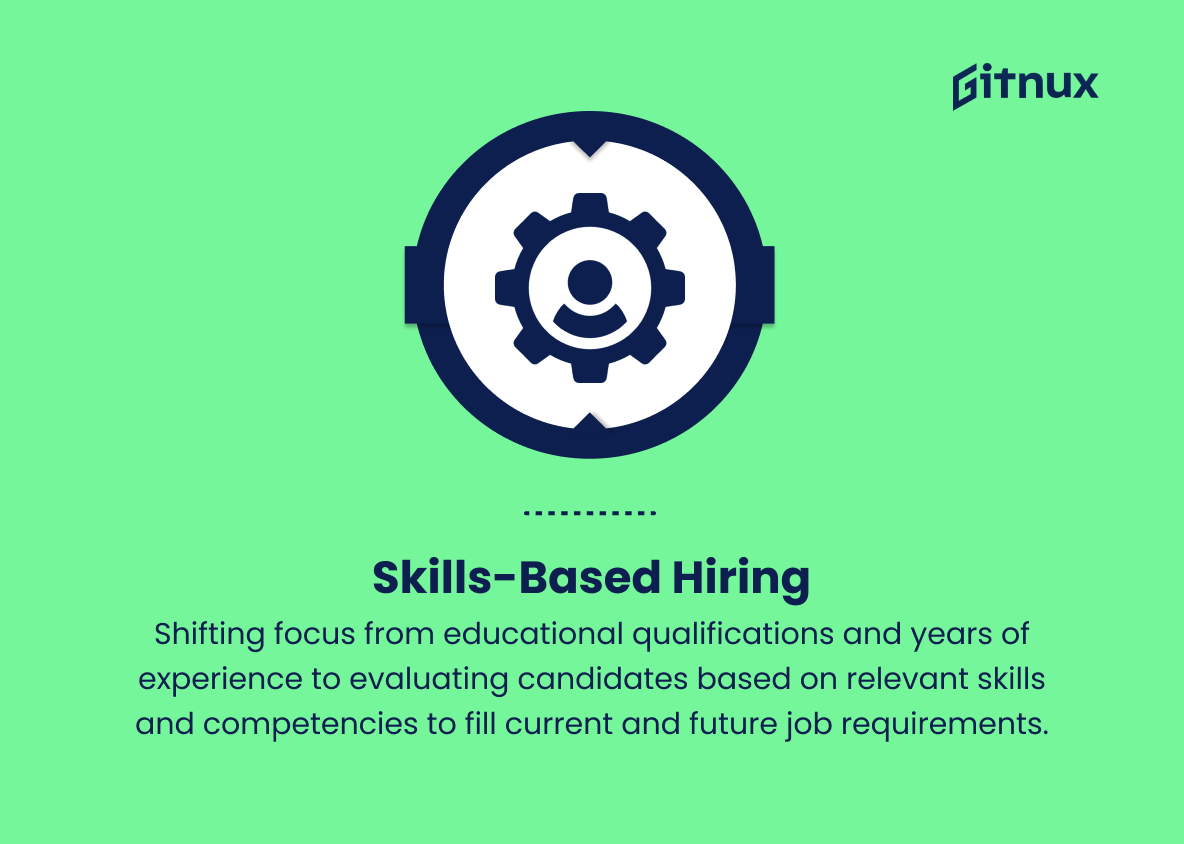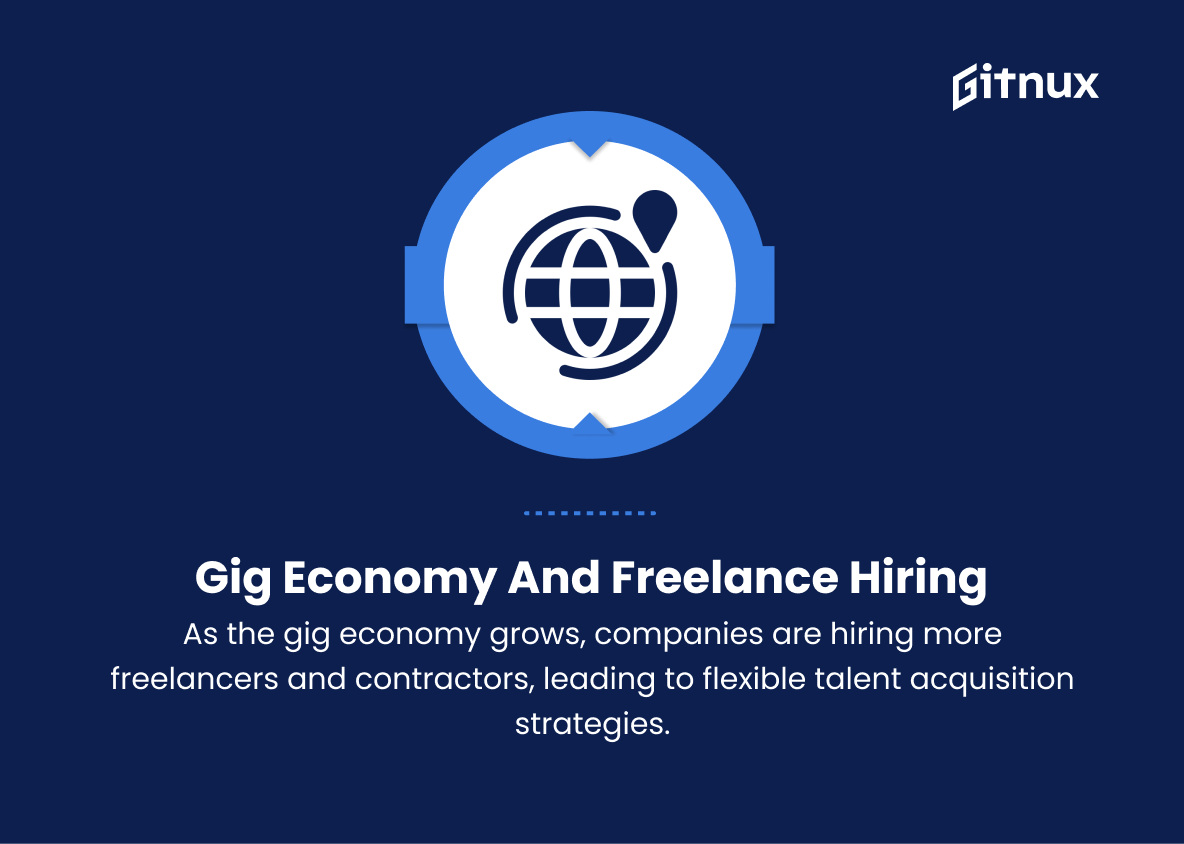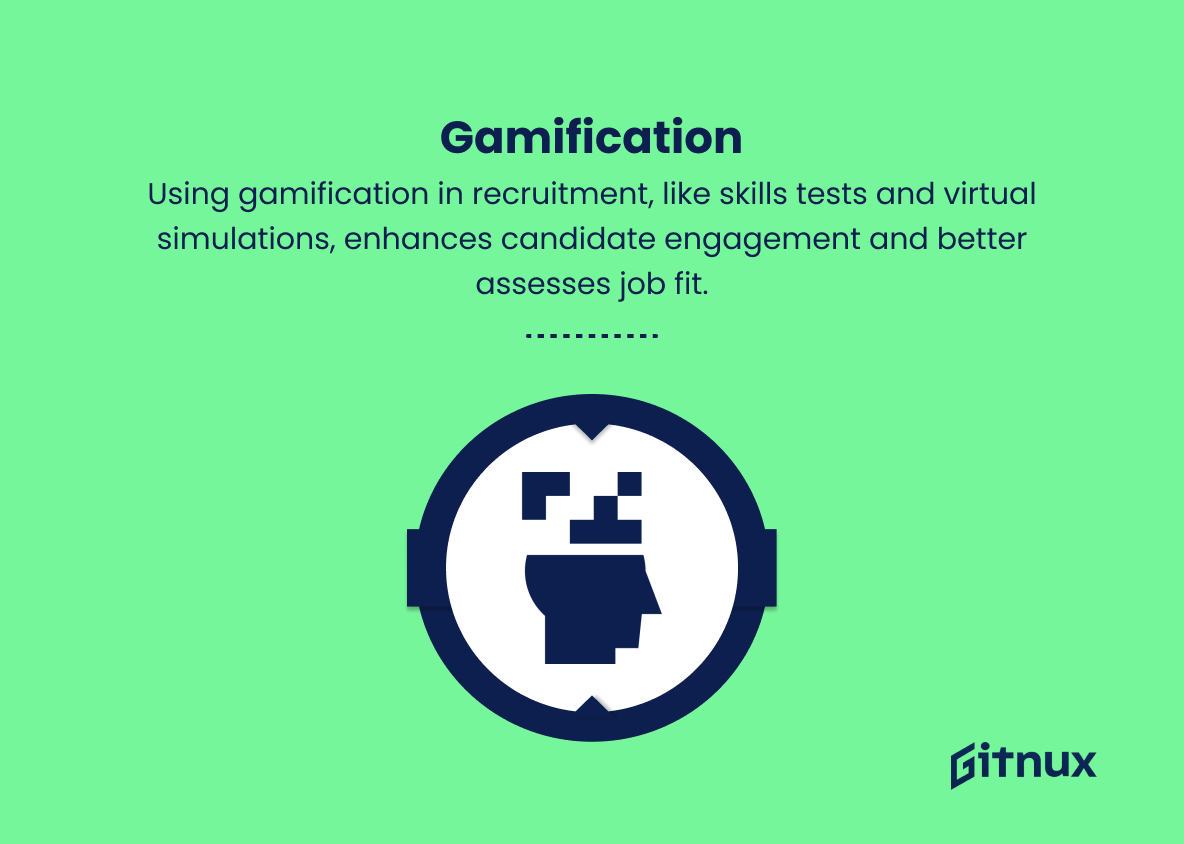As the business landscape continues to evolve in response to rapid technological advancements and a fluctuating global economy, the process of talent acquisition has also experienced significant shifts in recent years. Organizations across industries are now vying for the best candidates available, understanding that a robust workforce is the key to driving innovation, staying competitive, and ultimately ensuring long-term success.
In this blog post, we will explore the latest talent acquisition trends that are shaping the way companies approach recruitment and workforce planning. Our discussion will delve into human-centered strategies, the rise of remote work, the impact of data-driven decision making, and the growing importance of employer branding. By examining these trends, we aim to provide actionable insights that can help organizations adapt, refine, and elevate their talent acquisition processes.
Top Talent Acquisition Trends
1. Artificial Intelligence (AI) and Machine Learning
Talent acquisition professionals are turning to AI and machine-learning algorithms to streamline the recruitment process, match candidates to job requirements, and predict candidate success.
2. Employer Branding
Companies are investing more in their employer brand to attract top talent by leveraging social media, employee testimonials, and showcasing their company culture and values.
3. Data-driven Recruitment
Talent acquisition teams are increasingly relying on data analytics and key performance indicators (KPIs) to develop more effective hiring strategies, optimize recruitment marketing campaigns, and evaluate the success of their efforts.
4. Diversity, Equity, and Inclusion (DEI)
There is a growing emphasis on DEI in the workplace, and companies are taking steps to promote diverse hiring practices, develop inclusive onboarding processes, and create supportive workplace environments for all employees.
5. Remote and Flexible Work Options
Companies are adapting their recruitment strategies to accommodate a growing demand for remote and flexible work options, including offering remote job opportunities, virtual interviews, and remote onboarding processes.
6. Candidate Experience
Focusing on improving the candidate experience throughout the entire recruitment process, from initial job posting to onboarding, is becoming more important as companies compete for top talent.
7. Talent Pools and Talent Communities
Building talent pipelines and engaging with passive candidates through talent communities helps organizations maintain ongoing relationships with potential candidates, reducing time-to-hire and improving the quality of hires.
8. Digital Transformation
The adoption of digital tools and technologies, such as applicant tracking systems (ATS), video interviewing platforms, and online assessments, is transforming the way talent acquisition teams attract, source, and engage candidates.
9. Social Recruiting
Using social media platforms like LinkedIn, Facebook, and Twitter to proactively source candidates, share job openings, and engage with potential talent is becoming a more prevalent talent acquisition strategy.
10. Employee Referral Programs
Companies are leveraging the networks of their existing employees by implementing and promoting employee referral programs that incentivize staff to refer high-quality candidates.
11. Skills-based Hiring
Shifting focus from educational qualifications and years of experience to evaluating candidates based on relevant skills and competencies to fill current and future job requirements.
12. Recruitment Process Outsourcing (RPO)
Organizations are partnering with RPO providers to improve efficiency and effectiveness in their talent acquisition process by outsourcing all or part of their recruitment function.
13. Gig Economy and Freelance Hiring
With the rise of the gig economy, companies are increasingly looking to hire freelancers and contract workers to meet specific project or business needs, resulting in more flexible talent acquisition strategies.
14. Gamification
Integrating elements of gaming into recruitment and assessment processes, such as skills tests and virtual job simulations, to create a more engaging experience for candidates and better evaluate their fit for the position.
15. Employer-provided Training and Learning Opportunities
Companies are investing in their employees’ professional development by offering internal training programs and learning opportunities, making them more attractive to potential candidates seeking to advance their careers.
In conclusion, talent acquisition trends are constantly evolving to better align with changing workforce expectations, technological advancements, and organizational goals. By staying abreast of these trends, talent acquisition professionals can ensure that their organizations remain competitive in the ever-shifting labor market.
Implications
The rapidly evolving talent acquisition landscape is marked by the adoption of advanced technologies and strategies to attract, engage, and retain top talent. Key trends, such as AI and machine learning, are transforming the recruitment process by streamlining candidate matching and predicting success. Employer branding and candidate experience have become central aspects of talent acquisition as companies leverage social media, employee testimonials, data analytics, and KPIs to enhance their appeal and evaluate the effectiveness of their hiring efforts.
The growing focus on DEI, remote work options, and skills-based hiring reflects a mature, inclusive approach to talent acquisition. Moreover, the rising gig economy and utilization of RPOs, social recruiting, and employee referral programs facilitate efficiency and flexibility in the hiring process. The integration of gamification and digital tools, along with an emphasis on employer-provided training and learning opportunities, further enhances the candidate experience and helps organizations stay competitive in today’s dynamic labor market.
Conclusion
In summary, the ever-evolving landscape of talent acquisition is undoubtedly shaping the way organizations approach their hiring strategies. By staying informed about current trends, adapting to technological advancements, and fostering a diverse and inclusive workplace, companies can ensure they remain competitive in the race for top talent. As we navigate further into the digital age, the importance of cultivating strong employer brands, investing in the candidate experience, and leveraging data-driven insights cannot be overstated.
Talent acquisition professionals must continue to innovate and refine their methods to not only meet the demands of today’s job market but also set the stage for the future of work. By doing so, we can collectively build dynamic, high-performing teams that drive organizational success and position our businesses for long-term growth.
